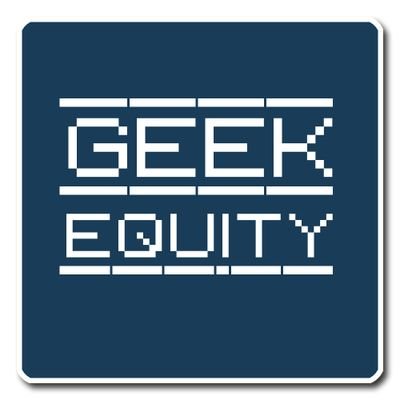There are now 23 films in the Marvel Cinematic Universe and multiple series on Netflix. Rival DC has recently released its latest instalment in The Joker. There are many reasons for the dominance and popularity of superheroes at this particular moment. As many have said, they provide a way of imagining our post-9/11 perpetual war in which the US is hero and saviour no matter how much chaos and destruction their military unleashes. Despite being intimately linked to the films’ militaristic worldview, fewer writers have focused on how they depict masculinity. In this post, Heather argues that superheroes solve a problem in contemporary masculinity by bringing together the traditional alpha male with the geeky tech entrepreneur.
From Tesla’s Elon Musk to Microsoft’s Bill Gates, from Facebook’s Mark Zuckerberg to presidential candidate Andrew Yang, geeks are now part of a wealthy and influential elite. They are lauded for developing technologies that are transforming lives and saving the planet. Many are also celebrated as philanthropists. Yet, as Angela Nagle shows, these figures and the multiple geeks who populate cyberspace are very different from the alpha males of the past, the strong and rugged John Waynes who can handle themselves in a fight and are successful with women.
Cinema is ambiguous about geeks. The biopics of Mark Zuckerburg and Steve Jobs depict them as geniuses but also as arrogant and cruel. Some films contrast these two types of men with geeks coming out worse. For example, in James Cameron’s epic Avatar, former marine Jake Sully is persuaded to take over the role of his scientist twin brother Tommy after Tommy dies. Jake has never before set foot in a laboratory but his military background and self-defined “dumb grunt” status make him a better scientist than those with decades of training and experience. Similarly, in Sully, our eponymous hero played by Tom Hanks crash lands a jet into the Hudson River after its engines fail. He saves every passenger’s life but emerges to face interrogation by government scientists who are tasked to investigate what went wrong. The film plays off this opposition between the heroic and ultimately-vindicated Sully as a man of action and former air force pilot and the office-bound civil servants.
It is only through superheroes that both these masculinities – the muscular military hero and the geeky tech entrepreneur – can be contained in the same body. The opening film of the Marvel Cinematic Universe was 2008’s Iron Man starring Robert Downey Junior as Tony Stark. Stark is an arms dealer who, after being captured in Afghanistan, crafts a metal suit to escape. Back in his lab in the vast basement of his luxurious home, Stark recreates and perfects this suit, wearing it to fly into battle zones and take out terrorists, so taking on the role of Iron Man.

Stark, like the film characters of Zuckerburg and Gates, is an arrogant tech genius and entrepreneur. However unlike them he is physically strong and a fearless warrior who enjoys a glamorous lifestyle of alcohol, gambling, women and fast cars. In the second Avengers film, Age of Ultron, he develops Artificial Intelligence in the short window between a triumphant battle and the lavish party to celebrate it. Similar combinations of alpha and beta male figures are embodied by Spider Man and Peter Parker, by Ant-Man and Scott Lang, by The Hulk and Bruce Banner and so on.
These dual identities provide a way for society to talk about how versions of the ideal man are changing. They fascinate us because they help us make sense of how ideas about what it means to be man are changing and to disappear tensions between the emerging dominant masculinity of the tech entrepreneur and the traditional dominant masculinity of the action hero.

